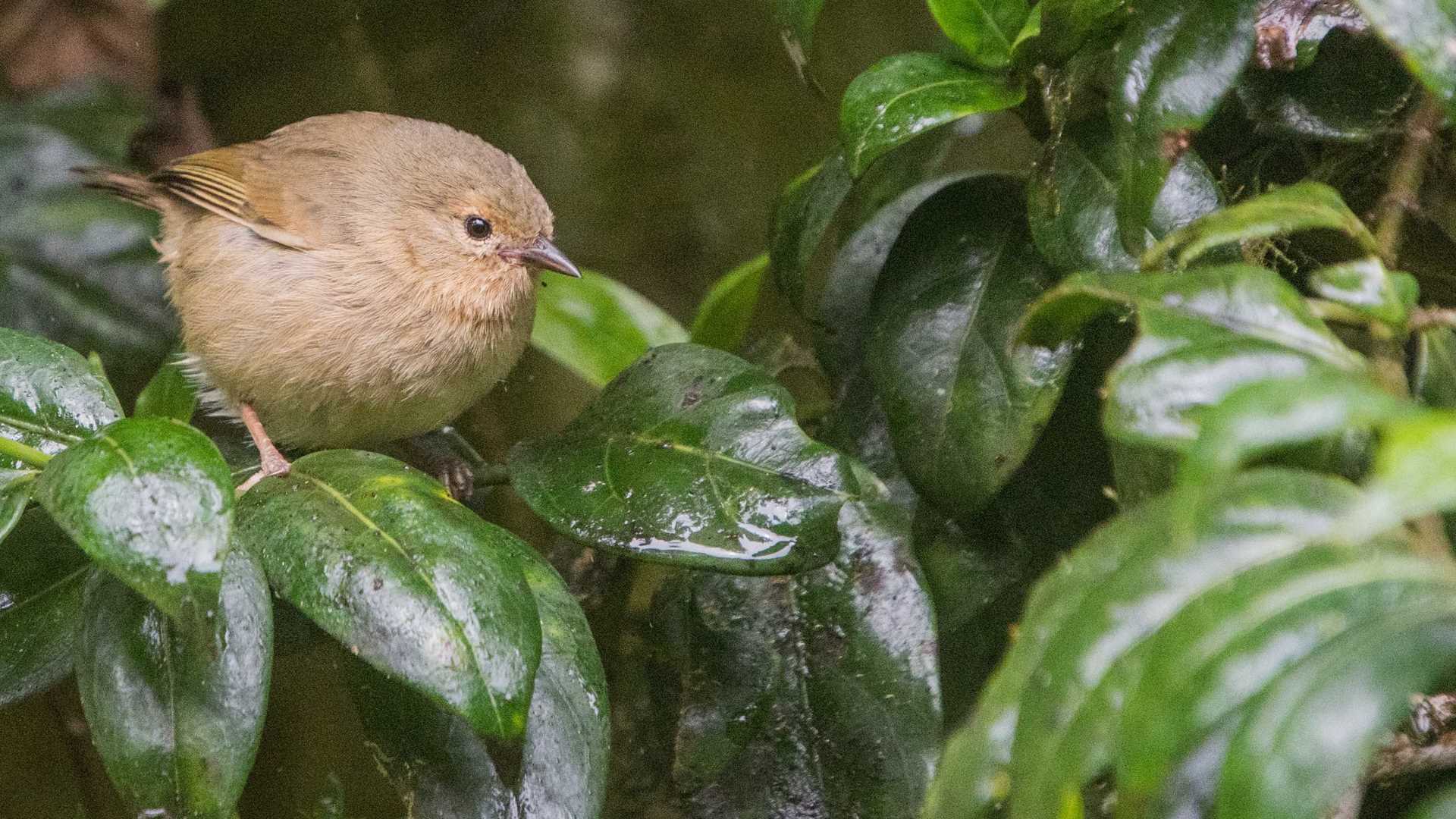Today was giant tortoise day! There is no better place to find giant tortoises in the wild than Santa Cruz highlands. Our day started early in the morning taking our Zodiacs and landing for first time in the northern part of Santa Cruz Island. Then we took buses and after a scenic drive or less than 30 minutes we arrived at our first stop: The Twins. These two craters are amazing geological formations where we also had the opportunity to observe different species of finches and plants that are unique the humid zone. Later, we drove to Rancho Manzanillo, where giant tortoises roam freely around this beautiful property. After the visit, we had lunch on the ranch, and later we took again our buses back down again to the coast where we boarded our Zodiacs to get back to the ship. After some down time, we took out our Zodiacs, this time to visit a beautiful beach: Las Bachas. This was the perfect way of ending an unforgettable day.
6/13/2025
Read
National Geographic Endeavour II
Genovesa Island
We started the day with excitement as we landed on the beautiful, pristine coast of Isla Genovesa - a true birder’s dream. Along the sandy beaches and steep cliffs of Darwin Bay, we were surrounded by an incredible array of birdlife. Frigatebirds soared closely overhead with their red pouches on full display, while Nazca and blue-footed boobies nested along the rocky ledges. Swallow-tailed gulls called out as we walked past. In the distance, we saw the stoic and elusive short-eared owl. The island was alive with color, sound, and constant movement. Between our excursions to Isla Genovesa, we snorkeled near Prince Philip’s Steps and discovered a vibrant world beneath the waves. Schools of fish swirled around us, a fur seal turned in the water as if dancing on cue, and sea lions relaxed nearby. As our last snorkeling adventure came to a close, we spotted a sea turtle resting calmly in a crevice. As the sun retreated into the sky on our last return to National Geographic Endeavor II, we reflected on the sheer magnitude of what we witnessed on our last full day. Isla Genovesa, like the other islands, gave us a connection to a sacred world. The harmony between land, sea, and sky reminded us how deeply interconnected, vital, and fragile these ecosystems are. Watching birds tend to their nests and marine life swim effortlessly, we were struck by how little space there is between wonder and reverence. We recognized that our journey wasn’t just about observing unique wildlife, it was about feeling part of something grander and beautifully ancient.







